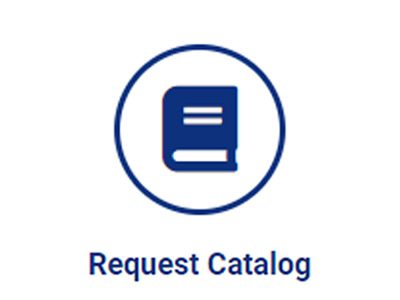Ten Reasons Why You Should Purchase A UIC Coulometer For Your Carbon Analysis Needs
1) Our Instrument Can Analyze All Forms of Carbon: The UIC coulometers can perform Total Carbon(TC), Total Organic Carbon (TOC), and Total Inorganic Carbon ( TIC) on both solid and liquid samples. Our competitors can’t do TIC analysis; They don’t have the Acidification unit UIC has.
2) Wider analytical range than IR-Based Instruments: UIC’s Coulometric Detector has an analytical range of 10ug to 10mg per sample ( effectively 10ppm to 100% carbon).
The performance of IR-based instruments begins to degrade after 2% carbon and are virtually ineffective above 5% carbon.
3) No Sample Preparation: Because of UIC’s wide analytical range you don’t need to extract or dilute your samples before analysis.
4) No User –Calibration is Required: Because the coulometric method is an electronic titration the results are linear throughout it’s analytical range. You don’t need to know your carbon levels before you analyze your samples, nor do you need to recalibrate when you change the analysis levels ( like you have to do with our competitors equipment).
5) Lower Cost: The UIC model for TC, TIC, TOC is about 10,000 to 14,000 less than competitive instruments. It’s less expensive to operate and we also offer up to 10% discounts to Universities.
6) Easy To Use: Because UIC doesn’t require you to run calibrations or perform lengthy sample preparations, our instruments are inherently much easier to use.
7) More Precise Analyses: Tests have shown the Coulometric method to be 5 to 10 times more precise than IR based instruments. When using standard materials containing 1% carbon or above, the UIC coulometer performs at a relative standard deviation (RSD) of about 0.15%
8) Long Instrument Life: UIC has many instruments manufactured over 20 years ago which are still in service. There are nearly 100 instruments over 15 years old that are still in service.
9) The Instrument of Choice for Oceanographers, Geologists, and Petroleum Companies: Because UIC has been commited to working with oceanographers and Geologists to develop their applications, our coulometric detection method is named in multiple published articles in these areas confirming ease of use over any ather method. The latest Coulometer development is used as an approved AST method for Amines analysis in the petroleum industry
10) Accuracy and Precision: It is difficult to determine the accuracy of infrared detection systems because of the “relative” nature of the analysis. The user must tell the instrument what the theoretical value of the standard material is during the calibration procedure and the instrument relates the detector response to that theoretical value. Reanalyzing that same standard material as a sample should produce a value very close to the original, resulting in what appears to be very good accuracy. Problems can occur with a change to the standard material, user input error and in the number of calibration points established. Most NDIR-based instrument manufacturers do not publish accuracy specifications because of these variables.
The coulometric detector on the other hand is an “absolute” determination of the amount of carbon (or CO2) present in any standard or sample. The detector does not rely on any user input to determine how much carbon is present in a sample. UIC has established an accuracy specification of +/-1.25% of the theoretical value of the standard material. This is, of course, assuming that the material is pure, dry and accurately measured (weighed). Since the response of the coulometric detector is totally linear, there is no need to establish a calibration curve throughout the analytical range. We only use standards as a means of confirming the performance of the instrument.
Precision is a measure of the repeatability of an analysis. This can be called the Coefficient of Variation or the Relative Standard Deviation. In either case, it is calculated by dividing the standard deviation by the mean. Shimadzu has a published precision of “less than 1.5%”. UIC has a published precision of “not more than 0.4%” for standards weighed on an analytical balance and “not more than 0.2%” for standards weighed on a micro-balance. The procedures adopted by Oceanographers to determine the total dissolved inorganic carbon in sea water have resulted in a “within cruise” accuracy of +/-1.5 umol/kg (approximately 0.075%), a “between cruise” accuracy of +/-4 umol/kg (approximately 0.2%) and a relative standard deviation (RSD) of 0.05% (when using a UIC coulometric detection system).
Benefits
In general, infrared systems have the advantages of faster analysis times and lower analytical limits.
Coulometric systems have the advantages of being “calibration free”, having higher analytical limits, having higher accuracy and precision, and having the ability to handle a wider range of sample types, matrices and sizes.
UIC has distributors world wide with excellent support and service for our Coulometers and Osmometer product line.




